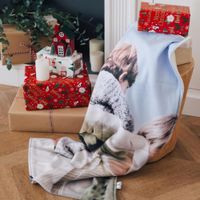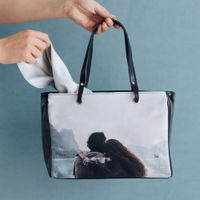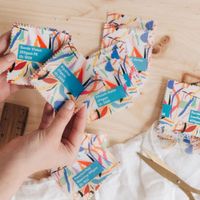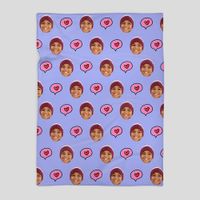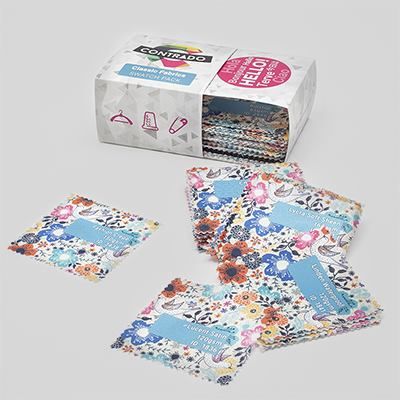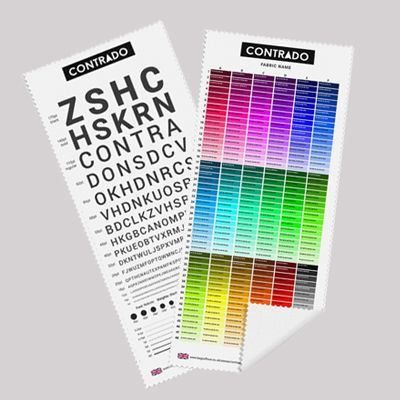What Is Viscose Fabric?
Viscose is a very unique material. It is not a natural textile, neither is it completely man made. It is known as semi-synthetic, and is one of only a very few such fabrics. Viscose was the first artificial fiber to be created. It was made in the 1800's by French scientist Hilaire de Chardonnet. The British patent was taken out by scientists Edward John Bevan and Charles Frederick Cross, in the late 1800's. Viscose, also known as Rayon, was created as an artificial silk. A cheaper alternative which was somewhat easier to produce. Viscose is made from cellulose fiber, the main component in the wall of plants - wood pulp to be specific - which goes through a chemical process, dissolving this pulp with aqueous sodium hydroxide, with a presence of carbon disulphide. This is where the semi-synthetic categorization comes from. Although derived from a natural material, the creation of viscose is a chemical process. Other examples of semi-synthetic fabrics are seacell, which comes from seaweed, modal which comes most often from beech trees, and bamboo viscose which is made from bamboo grass.
How we make it
We use digital printing methods on all of our fabrics. Dye sublimation techniques first print your design onto a sheet of transfer paper. Don't worry, we don't put a transfer onto your fabric. This specialist transfer paper bonds the eco-friendly inks deep into the fibers of your customized viscose fabric when heat is applied. This results in a beautiful, full-color HD print that will last for years to come. This leaves you with your printed viscose, with no transfer on the surface, giving you the original handle of the material, ready to use for your next home project or dressmaking venture. Due to the print process large areas of solid color may show minor blemishes or discoloration. This is to be expected and we would advise avoiding large solid blocks of color if possible.
Finishing Your Viscose Printing
There are a variety of finishing options when you order your customized viscose fabric. You can have your material cut on the line, which will remove any white edges that may appear around your printed design, or you can request it is sent to you as it comes, straight from the printer with those edges still there. If you would prefer our talented seamstresses can hem your printed viscose fabric for you. Available in either a folded hem or an overlock hem you can choose between black or white thread. Ensure to allow extra fabric when choosing your size, and add on a couple of days for the hemming to be done.

